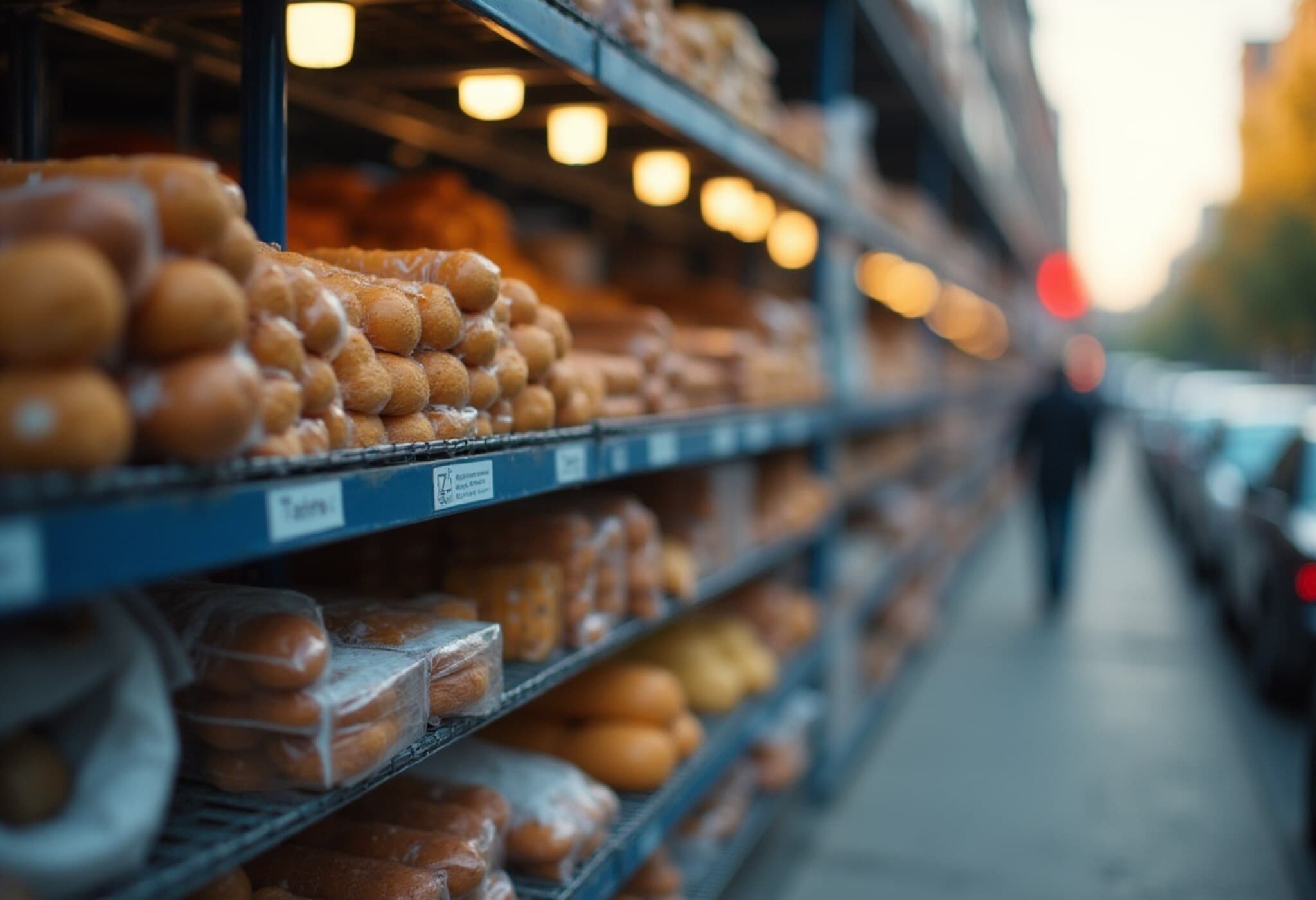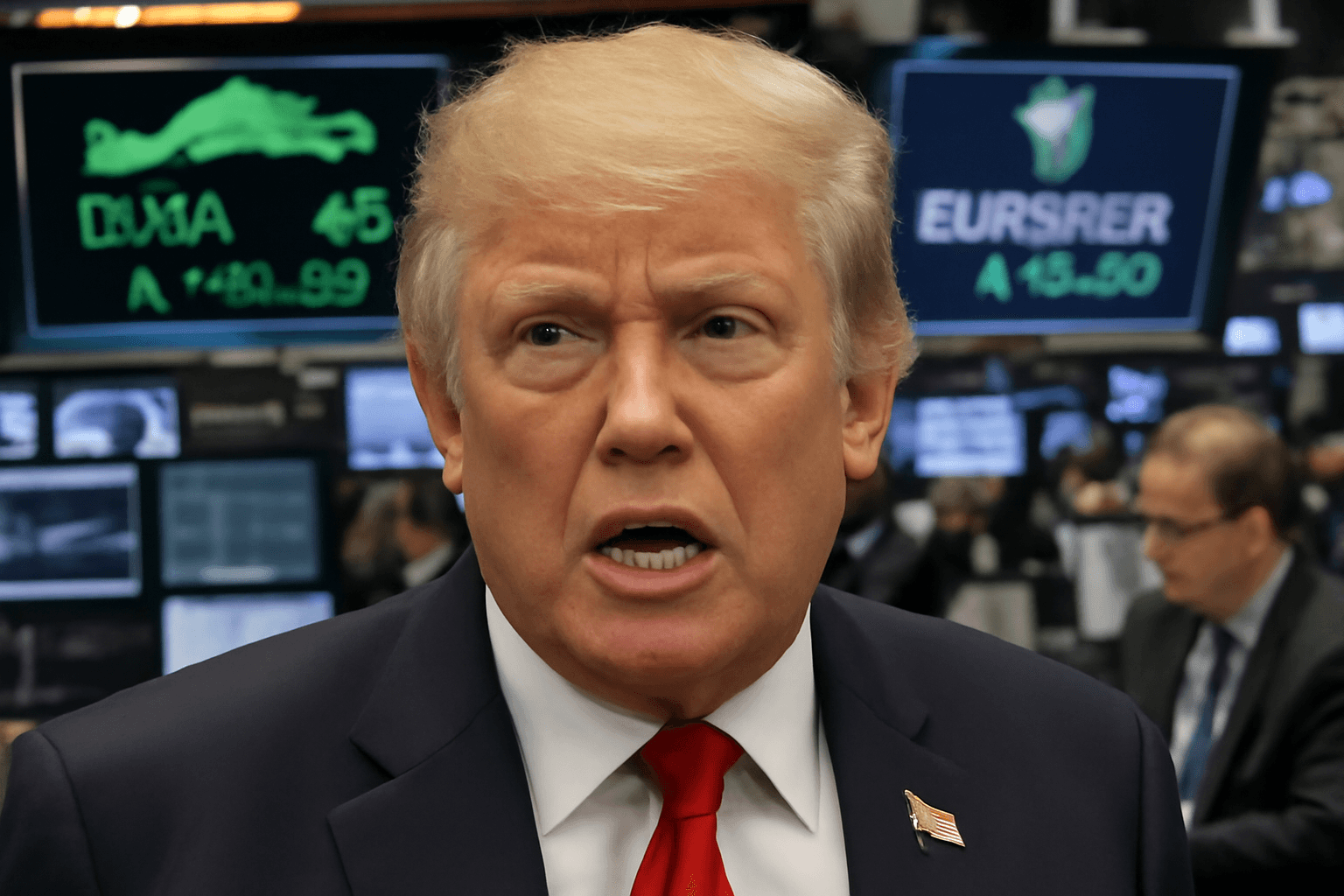Investor Sentiment Shifts Amid Earnings Season: What ETFs Tell Us About the U.S. Consumer
As earnings season heats up, Wall Street’s eyes are on a seemingly simple but powerful indicator of investor confidence in the U.S. economy: the relative performance of consumer discretionary versus consumer staples ETFs. These two categories — representing nonessential goods and services versus everyday essentials — offer an insightful barometer for how bullish investors feel about America's economic resilience and consumer spending habits.
Understanding the Consumer Sector Divide
Consumer discretionary companies include retailers, automakers, homebuilders, and leisure-related firms whose fortunes tend to rise when consumers have more disposable income and confidence. Conversely, consumer staples companies provide essential products like toothpaste, groceries, and household items — sectors that investors flock to during uncertain or cautious times.
As Todd Sohn, senior ETF and technical analyst at Strategas Asset Management, recently explained on CNBC, "If discretionary ETFs are outperforming, it signals optimism in sectors like autos, retail, and housing — essentially a sign of a confident consumer. But if staples outperform, it suggests investors are taking a defensive stance, fearing economic headwinds."
The Recent Market Behavior: Discretionary Outshines Staples
In the past month leading into and during the earnings season, consumer discretionary ETFs have seen stronger returns compared to their staples counterparts. For example, the Consumer Discretionary Select Sector SPDR ETF (Ticker: XLY), which includes industry giants like Amazon, Tesla, and Home Depot, has risen more than 5% in the last 30 days. Meanwhile, the Consumer Staples Select Sector SPDR ETF (Ticker: XLP), home to Walmart, Costco, and Procter & Gamble, has shown more modest gains, roughly 1% over the same period, despite a stronger year-to-date performance.
This divergence highlights a subtle yet critical shift in market psychology. Investors seem more willing to embrace growth-oriented, cyclical sectors, reflecting renewed confidence in consumer spending and economic growth prospects. Notably, Amazon alone surged nearly 10% over the past month, while staples heavyweights Costco and Walmart experienced declines.
Spotlight on Travel and Leisure: Cruises Fuel Discretionary Momentum
Within the discretionary sphere, cruise lines have emerged as some of the brightest stars. Royal Caribbean Cruises (Ticker: RCL) has gained more than 27% in just a month and topped 50% growth year-to-date, hitting all-time highs. Other cruise operators like Norwegian Cruise Line and Viking Cruises are following similar bullish trends.
Laura Champine, senior consumer analyst at Loop Capital, voiced strong endorsement of this segment on CNBC: "We like Royal Caribbean because we see double-digit growth this year. Norwegian is attractive for its valuation, despite lower gross margins compared to RCL. Viking appeals to the higher-end market, especially with its river cruise leadership. Overall, this is a space worth owning."
What This Means for Investors and the Economy
The ebb and flow between consumer discretionary and staples ETFs isn't just a technical market footnote—it serves as a vital compass for gauging consumer health in a post-pandemic recovery environment marked by inflation concerns and geopolitical uncertainty.
- Investor Psychology: The tilt towards discretionary suggests a growing appetite for risk and optimism about consumer spending's durability.
- Policy Implications: Strong consumer confidence can influence Federal Reserve decisions around interest rates and fiscal stimulus, with real impacts on broader economic growth.
- Market Strategy: For portfolio managers, these ETFs offer an efficient way to capture shifts in consumer behavior without drilling into individual stocks.
Underreported Perspectives and Critical Questions
While the focus often centers on big names like Amazon or Walmart, smaller-cap and equal-weight ETFs within consumer staples and discretionary categories reveal nuanced market dynamics that mainstream coverage overlooks. For instance, niche staples funds emphasizing smaller companies buck broader defensive trends, hinting at pockets of resilience even within so-called cautious markets.
Moreover, the long-term sustainability of this discretionary outperformance hinges on underlying economic factors:
- How will persistent inflation and supply chain disruptions impact consumer spending power moving forward?
- Will rising interest rates dampen housing market enthusiasm, a key driver for homebuilder stocks in discretionary ETFs?
- Could geopolitical risks or policy shifts abruptly pivot investor sentiment back towards defensive sectors?
Editor’s Note
The contrasting trajectories of consumer discretionary and staples ETFs not only reflect current investor mood but also embody the broader narrative of America’s economic crossroads. As earnings reports pour in, these funds provide a real-time lens on consumer vitality and risk appetite. For investors, policymakers, and consumers alike, closely watching these movements offers valuable insights into the evolving landscape of post-pandemic recovery, inflation pressures, and evolving market confidence.
Ultimately, this dynamic underscores a central truth in investing and economics: understanding where consumers place their dollars reveals more than numbers—it reflects hopes, fears, and the beating heart of the economy.



















